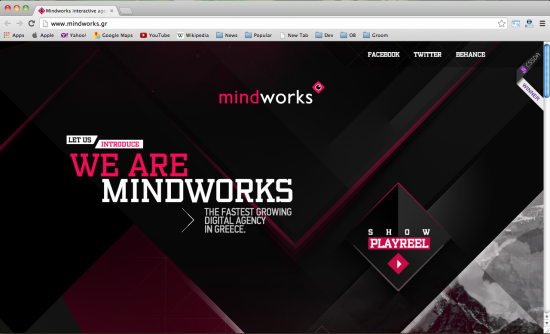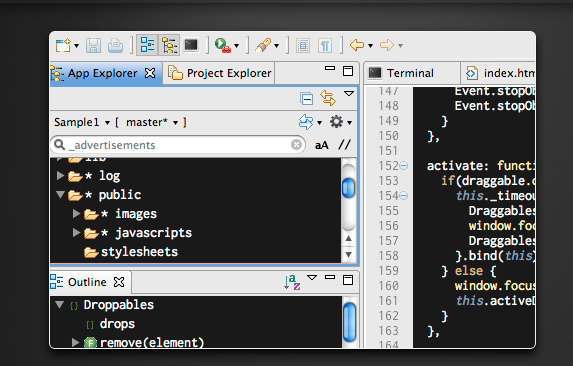From tablets to smartphones and now wearable smart devices to the Internet of Things, mobile apps are becoming woven into the center of people’s lives.
PewResearch Internet Project says that “In 2020… There will be a widespread belief that the World Wide Web is less important and useful than in the past and apps are the dominant factor in people’s lives.”
Last year was revolutionary as far as mobile app development goes. But 2015 will be the year mobile apps dominant the market. Here are 8 essential mobile app development trends for 2015
App Security
Gartner predicts that 75% of today’s mobile apps will fail in 2015. It’s not because of marketing, design, or function, but because of security.
Security threats are becoming the most discussed issue as mobile the dominant platform, and now developers have to become more conscious of the risks posed by the amount of personal and sensitive business data streaming through devices.
As the mobile becomes essential in the digital fabric of people’s lives, security gaps in mobile applications are becoming a central issue developers better address in 2015.
The Rise of Android
According to some industry experts, consumers have had enough of iOS. Usage is on its way down, while Android is skyrocketing to the top.
In 2013, Android’s market share rose from 78% in 2014 to 80.2% by the end of 2014. In 2015, it’s expected to peak and steal a substantial share of tablet users from Apple. This means more user adoption for the droid and more competition amongst app developers.
Micro-location Technologies
Consumers and app users are becoming more involved with the lives of their brands, especially as geofencing, beacon targeting, and location-based WiFi services are coming more prevalent.
As the technology grows in function and popularity, app developers will know when and where to reach out to their users. They’ll start to utilize micro-location technologies to target users on a direct and personal level. those that succeed, will provide better user experience and customer engagement.
Wearables
Without apps, there’s little reason to buy wearables. The Apple Watch will launch soon, inspiring a new breed of app developers to create apps that work on wearables.
So far, most wearable apps are in the health or fitness niche. But as enterprises start using these wearable devices, there will be a new trend in development towards apps and tools that help companies enhance their productivity and efficiency.
ClickSoftware‘s ShiftExpert is one example of a wearable app for corporations that allows field employees to virtually fill out information and worksheets. The app has a sensor that records the distance traveled by employees, then summarizes the information. Managers can also use the app to plan and publish schedules as a way to optimize their workforce.
App Analytics
Analytics are nothing new, but app developers will start taking them more seriously. Tools for tracking and analyzing app performance will grow both in demand and need, especially for corporations.
App developers will start focusing on new ways to easily collect and manage data, and enterprises will use these insightful tips and invaluable information to make improve their productivity, efficiency, and decision-making.
In-app Purchasing and Advertising
By 2015, in-app advertising spending will reach $7.1 billion, according to research from the Juniper Research. Mobile ads are expected to replace banners and be well-integrated into the app environment as a way to keep in-app purchases and advertisements the primary source of monetization in the mobile app market.
Developers will experiment with various ad formats to find the best way to integrate these ads into mobile apps, but few believe the paid download model will becoming popular in 2015.
Rapid Mobile App Development
App demand is growing. Both consumers and enterprises want apps, especially apps that improve their lives or their business.
This demand will force developers to deliver their products faster than before. This means a huge emphasis on shortening the development cycle, including reducing the time-frame from storyboard to launch. To make this possible, rapid mobile app development tools are accelerating the app development process making it easier to build business apps.
The Bottom Line
Tomi Ahonen, a 3G consultant and business expert, says “Mobile is the enabling centerpiece of digital convergence. Mobile is the glue for all other digital industries to use when approaching convergence, but mobile is also the digital gateway for the real world to join in this global metamorphosis of human behavior.”
As mobile apps are growing in popularity and demand across every industry, developers are finding new and better ways to glue these industries together. The ones that do it the fastest, will be the ones that succeed.



















